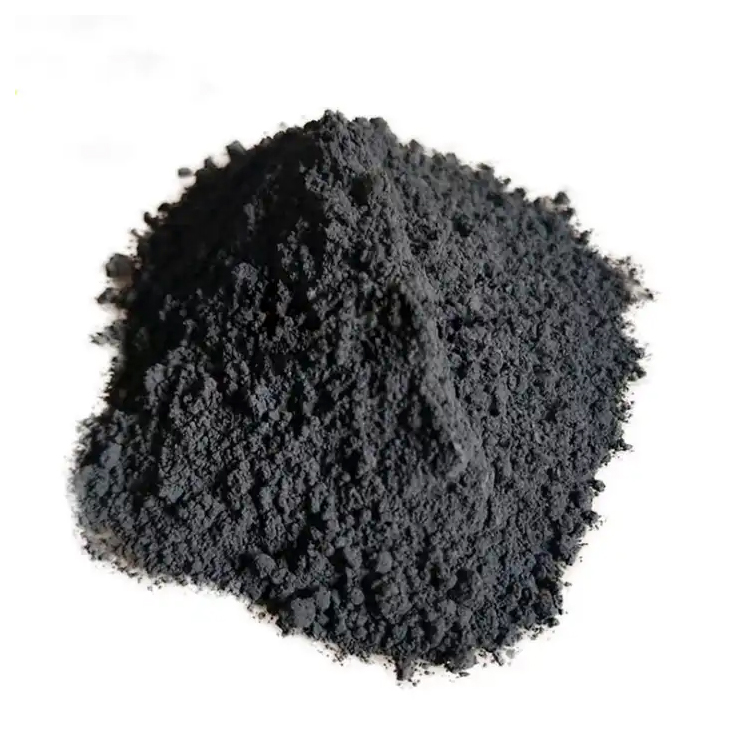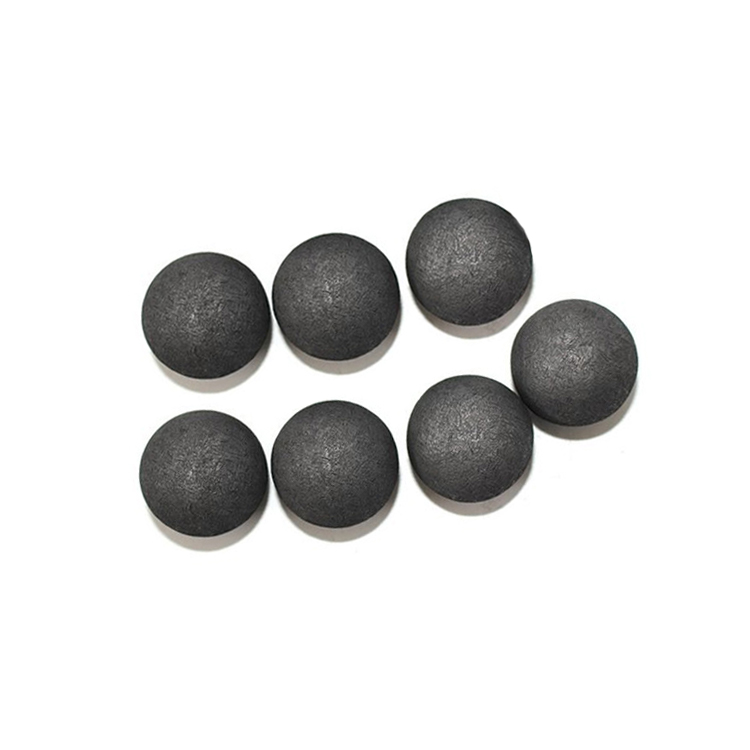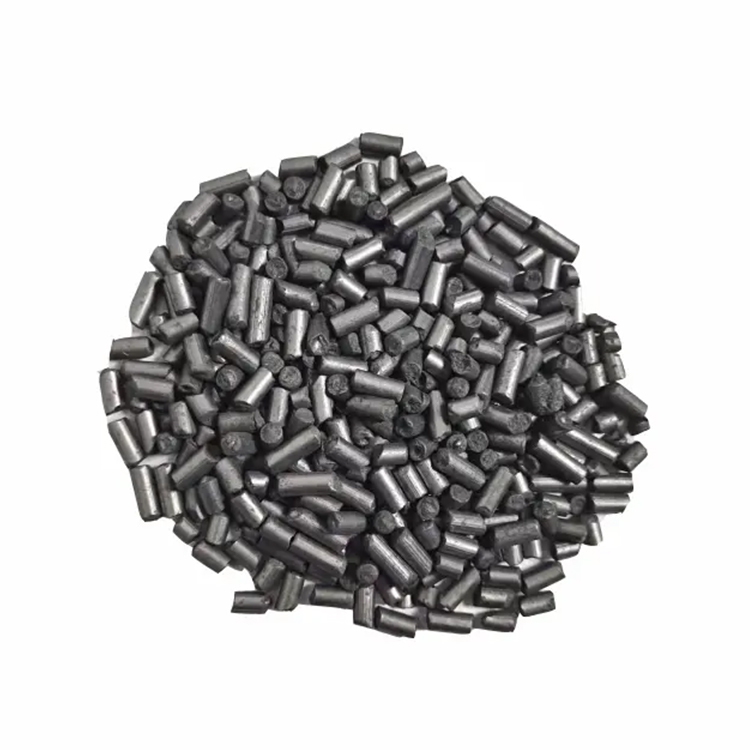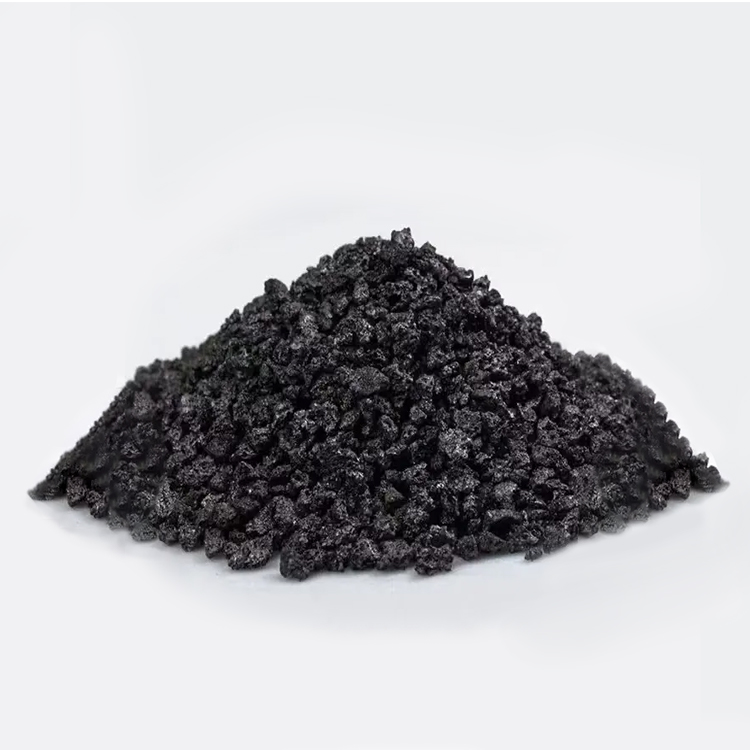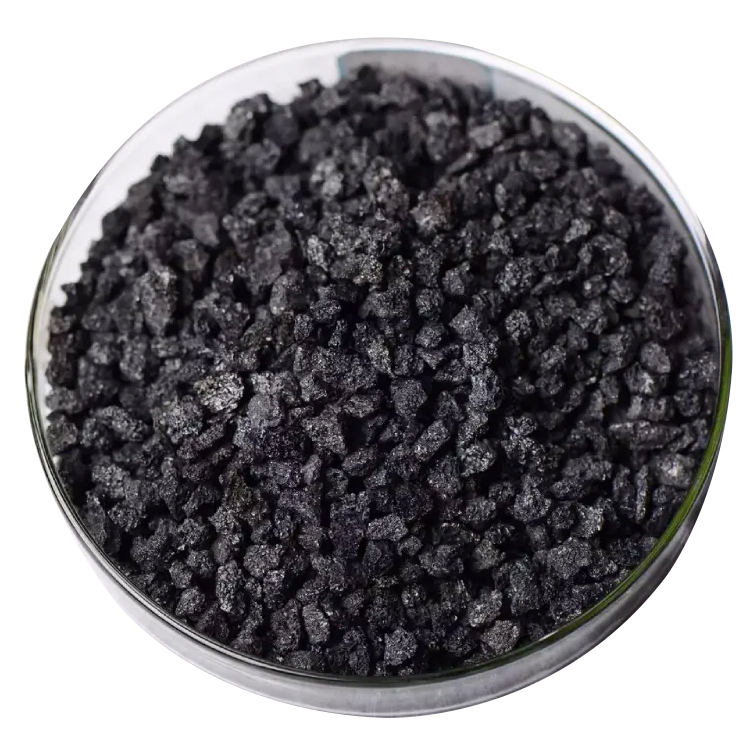Products
Product description
Graphite powder is a widely used product. It is used in metallurgy, chemical petroleum, electrical conductivity, lubrication, and casting. There are many types of graphite powder, which are usually classified by use or particle size. Casting graphite powder and steel-making graphite powder can be divided into 50 mesh graphite powder, 200 mesh graphite powder, 325 mesh graphite powder according to particle size. The higher the mesh number, the better the fineness of the graphite powder. Mesh to 10000 mesh, but these graphite powders are expensive and generally used in the production of some special products.
Material characteristics
Graphite powder is a substance with very sensitive chemical reaction. Its resistivity will change in different environments, that is, its resistance value will change, but one thing will not change. Graphite powder is a good non-metallic conductive material. One, as long as the graphite powder is kept uninterrupted in an insulating object, it will also be energized like a thin wire. However, the resistance value is not an accurate number, because the thickness of the graphite powder is different. The resistance value of graphite powder will be different in different materials and environments. Due to its special structure, graphite has the following special properties:
1) High temperature resistant type: The melting point of graphite is 3850±50℃, and the boiling point is 4250℃. Even if it is burned by an ultra-high temperature arc, the weight loss is very small, and the thermal expansion coefficient is also very small. The strength of graphite increases with increasing temperature, and at 2000 °C, the strength of graphite doubles.
2) Electrical and thermal conductivity: The electrical conductivity of graphite is one hundred times higher than that of ordinary non-metallic minerals. The thermal conductivity exceeds that of metal materials such as steel, iron, and lead. The thermal conductivity decreases with increasing temperature, and even at extremely high temperatures, graphite becomes a thermal insulator.
3) Lubricity: The lubricating performance of graphite depends on the size of the graphite flakes. The larger the flakes, the smaller the friction coefficient and the better the lubricating performance.
4) Chemical stability: Graphite has good chemical stability at room temperature and is resistant to acid, alkali and organic solvent corrosion.
5) Plasticity: Graphite has good toughness and can be connected into very thin sheets.
6) Thermal shock resistance: When graphite is used at room temperature, it can withstand severe changes in temperature without damage. When the temperature changes suddenly, the volume of graphite changes little, and cracks will not occur.
Applications
1. As a refractory material: Graphite and its products have the properties of high temperature resistance and high strength. They are mainly used in the metallurgical industry to manufacture graphite crucibles. In steelmaking, graphite is often used as a protective agent for steel ingots and as the lining of metallurgical furnaces.
2. As a conductive material: In the electrical industry, it is used for the manufacture of electrodes, brushes, carbon rods, carbon tubes, positive electrodes of mercury positive current devices, graphite gaskets, telephone parts, coatings for TV picture tubes, etc.
3. As a wear-resistant lubricating material: Graphite is often used as a lubricant in the machinery industry. Lubricating oil often cannot be used under the conditions of high speed, high temperature and high pressure, while graphite wear-resistant materials can work at high sliding speed at (1) 200~2000 ℃ temperature without lubricating oil.
Many equipment for conveying corrosive media widely use graphite materials to make piston cups, sealing rings and bearings. They do not need to add lubricating oil during operation. Graphite milk is also a good lubricant for many metal processing (wire drawing, tube drawing).
Get a Free Quote

Providing you with integrated sanding solutions
24/7 before-sales and after-sales services
Comprehensive technical support
